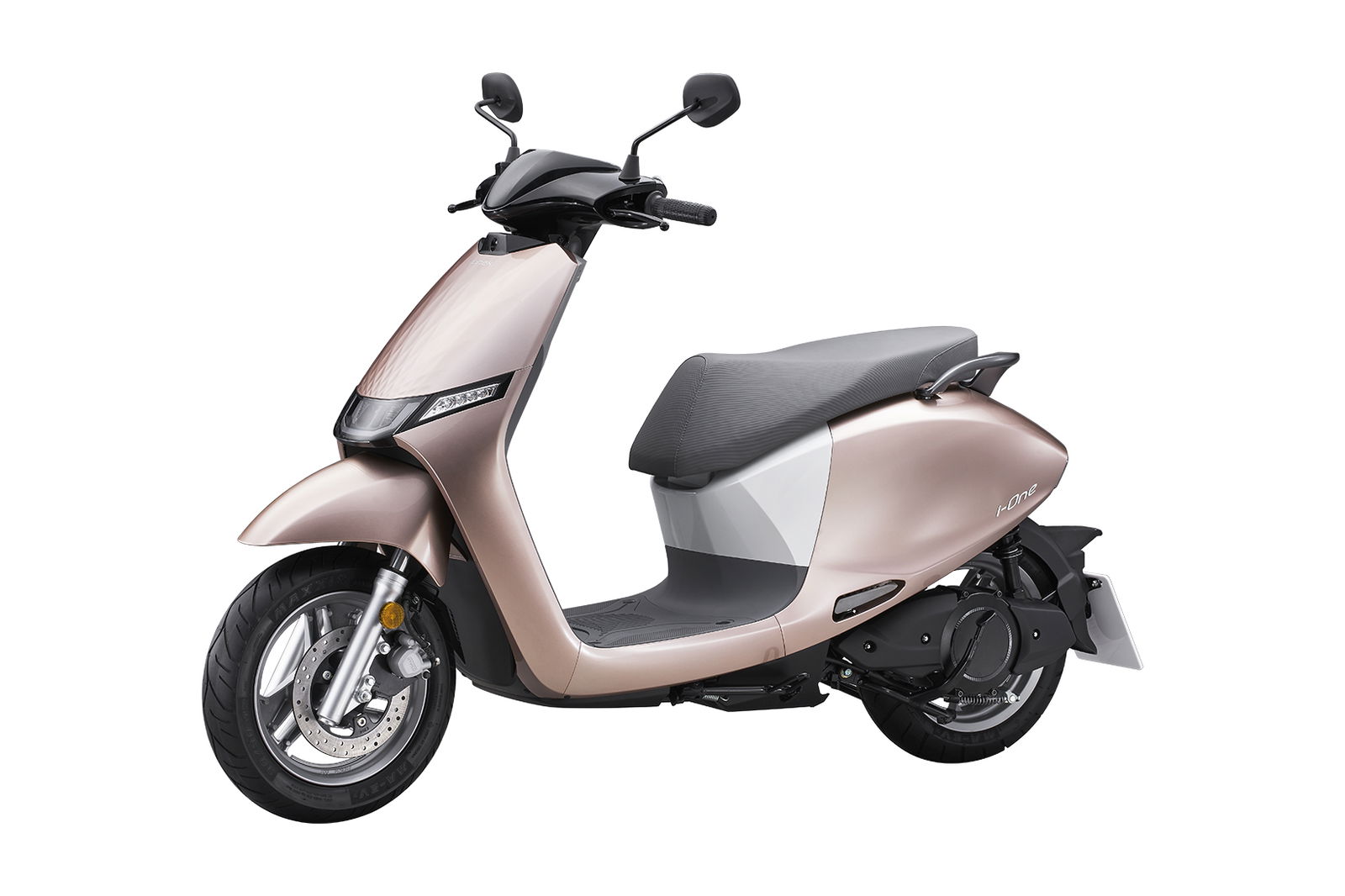Kawasaki launches 2023 400s with fresh paint and Euro5 compliance
Kawasaki have launched the latest editions of their 400cc parallel-twins for 2023, with the Z400 and Ninja 400 receiving Euro5 certification for 2023.

KAWASAKI’s 400 range has received some updates for 2023, as the new models for this year have been released, with both the Z400 and Ninja 400 returning.
Starting with the Ninja, which receives some more green paint on the bodywork for the 2022’s KRT Edition, the power remains the same for 2022 as the previous, 2020, version. 33.4kW (44.7 horsepower) is the maximum output for the 399cc liquid-cooled parallel-twin, with 37Nm of torque.
.png?width=1600)
As before, if features a steel trellis frame, 310mm front disc (semi-floating), and a 220mm on the rear, with 41mm telescopic front forks and a Uni-Trak rear shock with adjustable preload at the rear. The bore and stroke are exactly the same as 2020, at 70x51.8mm. In fact, the only noticeable difference between the specs of the 2020 Ninja 400 and the 2023 Ninja 400 is that for 2023 they forgot to add “kg” to the “168,” which is the bike’s weight, and also identical to 2020.
Two differences between the two that might be felt, apart from the paint, are the clutch, which Kawasaki says is 20% lighter to pull than before, and the torque, which is actually one Newton-metre less than in 2020.
Like the Ninja, the Z400 features the same 399cc, liquid-cooled parallel twin as the previous 2020 model did. And, like the Ninja, the Z400 features almost no technical differences in 2023 to the 2020 version.
.png?width=1600)
That means the same 310mm single semi-floating front disc, 220mm rear disc and 41mm telescopic forks; the same Uni-Trak rear shock with adjustable preload, 70x51.8mm bore and stroke, and 167kg curb weight as in 2020 for the Z400. One technical difference is that the 2023 model has lost a Newton-metre of torque compared to 2020, with 37Nm instead of 38Nm, just like the Ninja.
So, to summarise, the 2023 Ninja 400 is identical to the 2020 model, apart from the clutch which is 20% lighter to pull, and the torque which is marginally less; and the Z400 is identical in 2023 to 2020 with the exception of that one less Newton-metre.
But, of course, the big thing about both of these bikes is not the actually technical performance, or the colour, or the fork travel, it is that they are Euro5-compliant. This means that they can continue to be sold in Europe, and also might be the reason for the minor drop in torque. The previous 400s from Kawasaki were non-compliant with Euro5 emissions, since they were not updated for 2021, meaning that additional Z400s and Ninja 400s of the previous years were unable to be shipped to Europe for market. Now, though, the Euro5-compliance means the Z400 and Ninja 400 are able to be shipped once more to Europe, just don’t expect anything especially different from the previous models.

